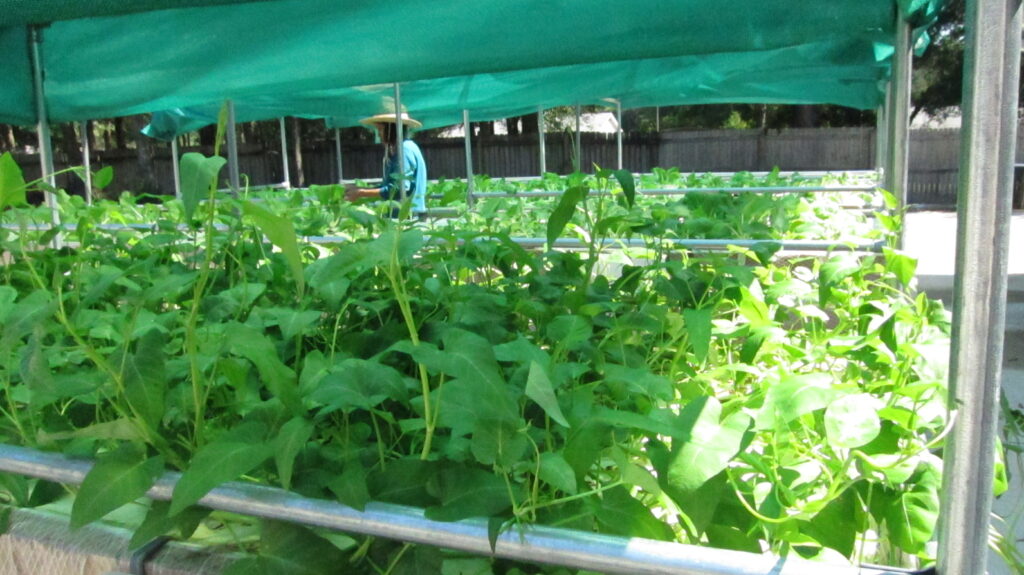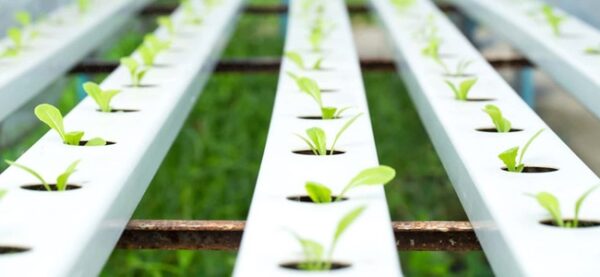
What You Will (and Won’t) See Here
This section provides details on EBG’s individual features, including a Bottom Line analysis and justification of each feature. Photos and summarized discussions are provided, along with tips for completion, and a brief discussion of the problems encountered.
To view a year-by-year diary of EBG’s construction, please visit the Chronicles pages of this site. There, you will see the order in which each stage of the plan was accomplished, along with links to more detailed descriptions.
What you won’t see on these pages are the designs that failed and were removed. And, except for specific recommendations, you won’t see information on the security systems that have been deployed.
The Transition to Self-Sufficiency
The transition from reliance to self-sufficiency is best accomplished in stages. For anyone over fifty, the easiest way to become self-sufficient is to simply turn back time and revert to the less convenient methods of yesteryear.
If I Could Turn Back Time

Think back to when you were young. How’d you get your news and entertainment? How did you cook? What did you eat? How’d you spend your day? How’d you get around? When we look back, we quickly realize that our needs today are much the same as they’ve always been; we’re simply satisfying those needs in a more convenient, high-tech fashion. Why? To save time.
For decades, convenience was affordable and the time saved could be invested in other, more satisfying pursuits. Those days are gone. Convenience is based on power and the price of power is going through the roof.

Start Small and Scale Up
To get started, think about reverting to the methods you used before; things like double-edged razors, mops, brooms, push-mowers, clotheslines, wind-up alarm clocks, ceiling fans, transistor radios, wind-up lanterns, backyard vacations, and so on.
Here’s a short list of manual (non-electric) appliances:
- Coffee percolator: Makes delicious coffee (and it’s great for camping).
- French press: This is another easy to use coffee maker.
- Manual mixer: It only takes a few seconds longer.
- Hand flour mill: Turn oats, rice, wheat into flour.
- Dough maker: Simply add the ingredients and crank the handle.
- Food strainer: Use it to separate fruit pulp from the juice.
- Manual food processor: Same concept; slightly more work; easy to use; (almost) never wears out.
- Pasta maker: Takes practice to get it right but well worth the effort.
Next, learn to grow and cook your own food, make repairs, and mend clothes. Reduce your monthly subscriptions and expenses. Share your ideas with your family and friends. It’s fun and easier than you think. Over time, you’ll gain momentum and save a surprising amount of money. Look for ways to turn what you’ve learned into side gigs that can help others.
Use the Best of Tech — to Develop Lifestyle Insurance
The best feature of technology is the availability of information. Technology places vast quantities of information at your fingertips. Use that information, while it’s available, to examine and deploy solutions that protect your family, your lifestyle, and your future.
EBG’s primary goal is to create a modern small-scale farm that can support itself. At EBG, we design, build, and test innovative solutions for converting a typical residential property into a modern farm that provides food, water, power, shelter, security, employment, community, and more in these increasingly uncertain times. We’re not there yet but we’re getting closer with each and every solution.
Education — the Greatest Adventure of All
Seven years ago, our plans sounded crazy. Why would anyone go to the trouble (and expense) of creating a self-sufficient lifestyle?

Left image: A favorite task is designing equipment for the secret sanctuaries of our area. For more information (and lots of cute kitty photos), please see the Kitty City page.
The work has been arduous, unending, and though we did most of it ourselves, expensive. The pay-off period of every dollar is calculated to determine the practicality of each feature constructed. Impractical designs are sidelined quickly as we work our way through the myriad complications, adjustments, and problems that arise during the testing of each solution.
We quickly learned that EBG’s most valuable crop is education. From Dobie’s audio upgrade to the seasonal bug wars, to restarting the data center after a lightening strike, to giving each other rides on two-tier scaffolding before scrubbing the roof-mounted solar panels with heavy brushes on 20 foot poles, EBG also became the greatest adventure of our lives. Akin to Noah riding out the flood, our ark for navigating the current uncertainty and coming chaos is EBG.
20 Facts About Hydroponics—from the Coast Hydroponics Blog


We all know that gardening is one of the best ways to rid ourselves of stress. And it keeps us away from the couch, the TV and phone, and all those techno-gadgets. There’s nothing better than watching your first flower bloom, or smelling freshly cut herbs— and knowing you did it yourself. On the other hand, there’s nothing worse than tilling the soil and planting your seeds, only to have your foliage and fruit eaten by bugs, killed by disease, or overrun by weeds. Frustration has brought many hopeful gardens to an early ending. Areas with poor soil are worse, as nothing you do seems to succeed for more than a short season and a small harvest. Raised beds are the next step up, especially if you have a good design and plenty of high-quality compost. You can literally grow anything in a raised bed, and you can do it inexpensively. The next step up from raised beds is a simple outdoor Kratky (hydroponic) system. From there, the sky’s the limit. Although not cheap, indoor systems offer the ultimate in environmental control and can produce year-round crops. Aside from cost, the main difference in these gardening methods is environmental control. Outdoor soilbased gardens offer little control over the weather, insects, disease, and other factors. Hydroponic systems give you control over nutrients, pH balance, oxygenation, and water temperature, while greatly reducing insect pressure. Indoor systems offer complete control over the growing environment, with the possibility of automation. Here are 20 things you may not know about hydroponics:
- Hydroponics is old school newly modified. The Hanging Gardens of Babylon were possibly hydroponic.
- The Egyptian Pharaohs made sure that the fruits and veggies they relished were sourced from a hydroponic system.
- Farmers claim that hydroponically grown crops use 90% less water than traditional farming methods.
- You can plant almost 4 times the crops in the same space as traditional farming.
- You can grow just about anything using a sterile grow media, balanced pH, nutrient solution, and oxygenated water.
- Hydroponic plants grow 2 times faster than soil gardening as they are fed with the correct nutrients, water, and oxygen. Before 1936, hydroponics was restricted to labs and was only used to research plant growth and root development. During World War II, hydroponics using gravel was used as shipping vegetables and fruits to overseas outposts was impractical.
- Hydroponic systems use less chemicals as there are fewer soil-based issues such as pests and soil-borne diseases to deal with.
- Hydroponic systems are not limited to indoors but can be installed outdoors as well.
- You can grow plants in a hydroponic system using either natural sunlight or artificial grow lights (in place of the sun).
- Hydroponics is very popular in many US states, and has currently spread through half of the world.
- A recent survey shows there are more than 1,000,000 soilless culture units in US households alone.
- Hydroponic cabinets such as the “supercloset” can help you to start growing almost immediately after installing the unit.
- You can grow in both alkaline and acidic solutions using pH tester kits that are readily available.
- Hydroponic systems rely on responsible growers that monitor the inside climate and equipment. Basically, it’s an everyday job.
- Brownouts require prompt action to ensure the system is working properly to prevent the loss of plants.
- The preferred DIY setup is a wick system since it is the cheapest and easiest to design and install. It has no moving parts.
- You can combine hydroponics with aquaponics to derive double the benefits.
- Hydroponic systems can be as simple as using Mason jars, or you can design and build a complex automated system.

